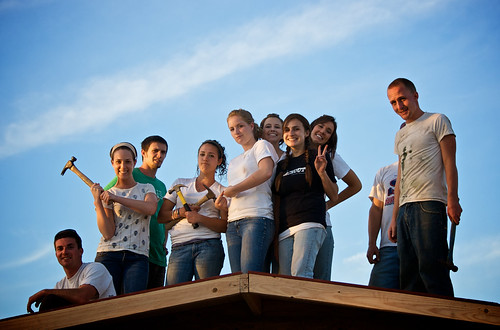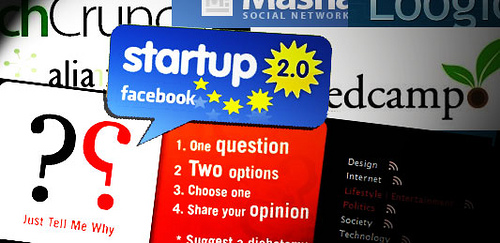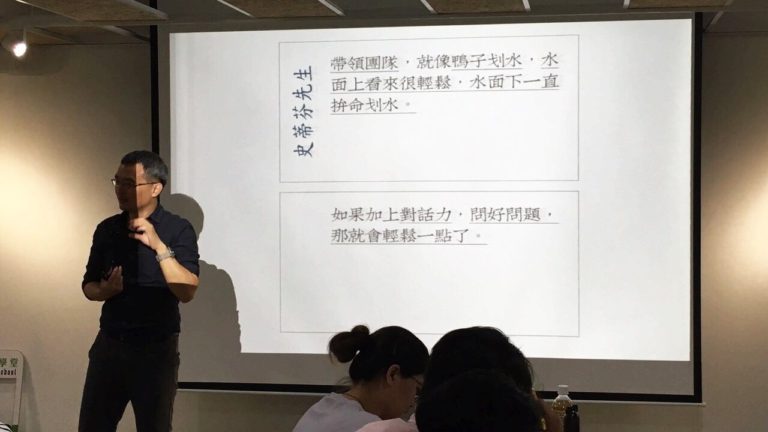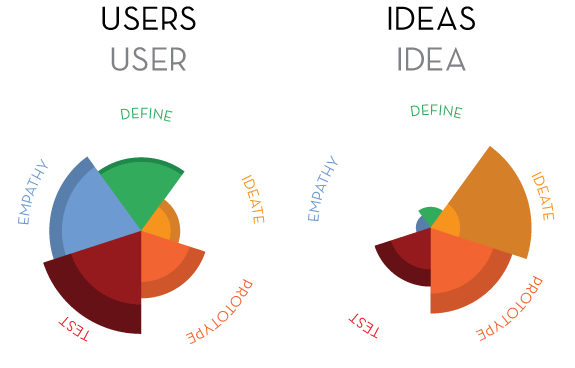你曾經問過類似的問題嗎:怎麼把點子變金子?創意變生意?
不管是正準備要開始,或者已經在進行引進「創新」思維的公司 — 創新方法、創新工具、創新流程、創新組織 — 都會問一個同樣的問題:
Getting innovative ideas is relatively easy. But how do you build a core competency in converting ideas into innovative products and services?
管理與設計顧問 Patty Seybold 在文章 Turning Ideation into Innovation 中分享到了她在 GE Global Research 所看的的運作模式。
Patty 說他喜歡這樣的方式是因為:
… it is focused on turning problems into solutions that can be successfully produced and deployed as commercial products.
It does this by taking advantage of cross-fertilization among subject matter experts in multiple disciplines. Life scientists, materials scientists, sociologists, anthropologists, and many different disciplines are represented.
So are all the industries that GE serves—healthcare, financial services, energy, aviation, automotive, appliances—and so on.
他們專注在將問題轉化成為解決方案上,而且這方案能夠成功地生產製造並成為具商業價值的產品。
能做到這一點,是因為他們利用了多領域的專家能相互激盪的優勢。
嘿!這不正是 design thinking 三個成功要素的第一個:multidisciplinary team 嗎!
Patty 繼續寫到,GE Global Research 則是這樣運作的:
Business units bring thorny issues to the research center, and a team is put together to come up with prototypes and pilots that can be tested and moved into production or discarded.
Customers are often intimately involved in presenting hard problems, specifying real world requirements in context, and testing prototypes.
BU 帶著各樣麻煩的問題 Research Center,有一個小組會把多領域專家聚在一起,並做出各樣原型和前導產品,然後判斷是否足以進行量產或是不需要再進行開發。
客戶常常在這個階段會描述其困難的問題、在真實世界中他們的需求,並測試小組所做出來的原型。
看來還滿熟悉的,這也是我們所冀望的一種創新模式。
不同的是,我們沒有這麼大的 Research Center,而且,我們似乎還在「短期獲利」和「長期投資」的漩渦中。




